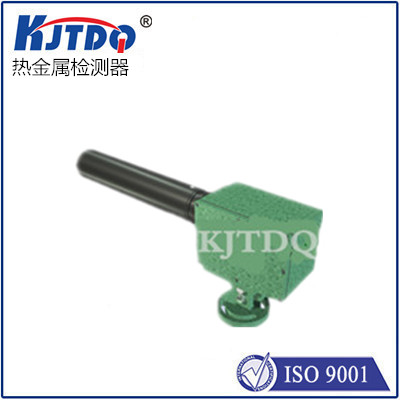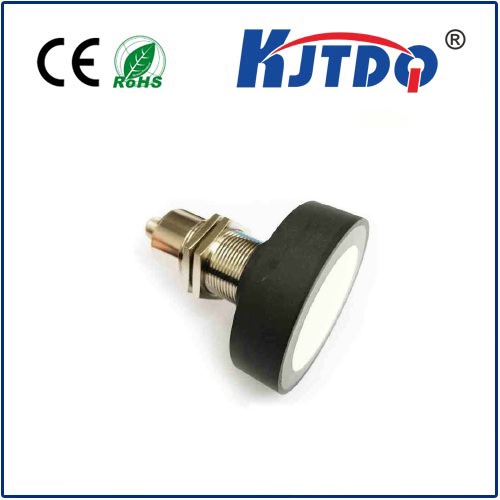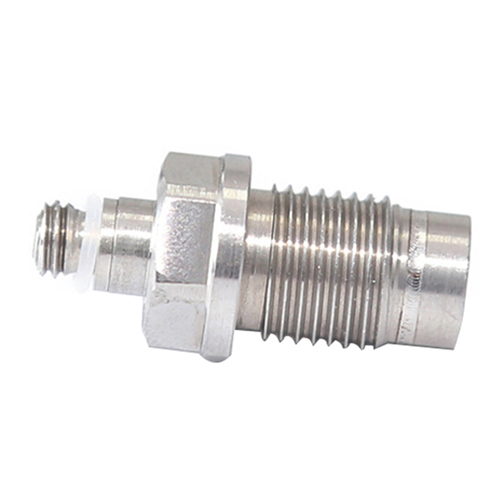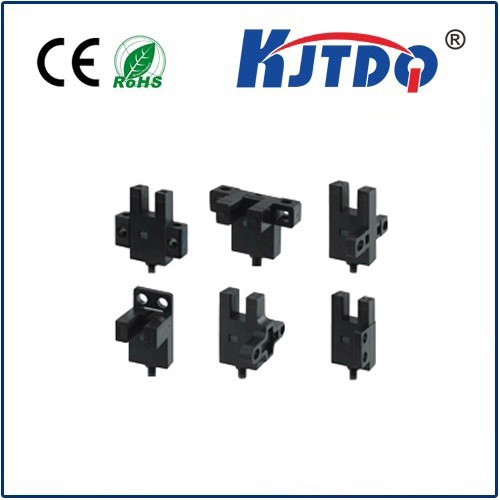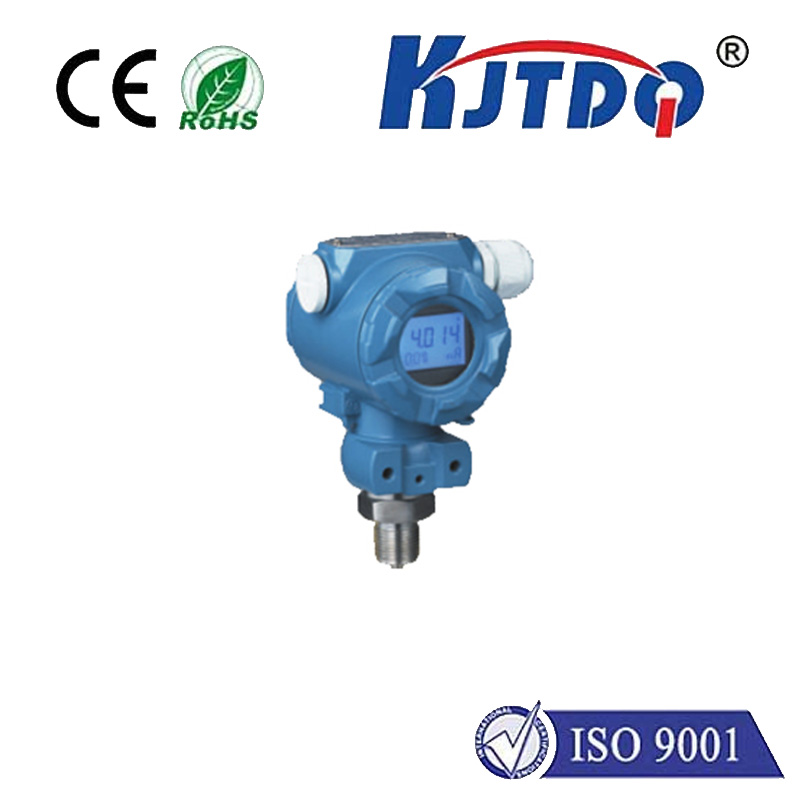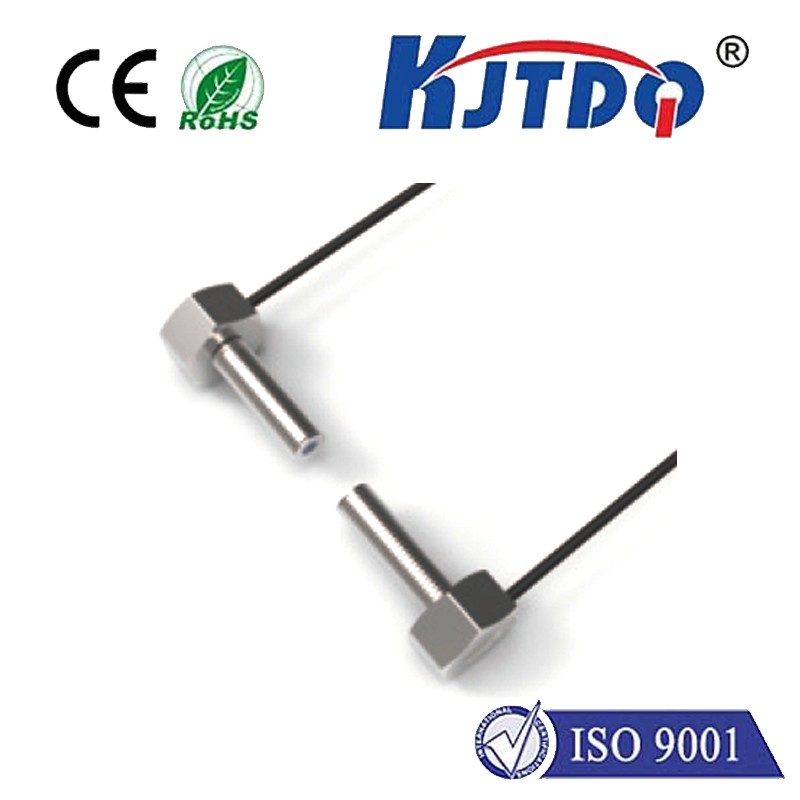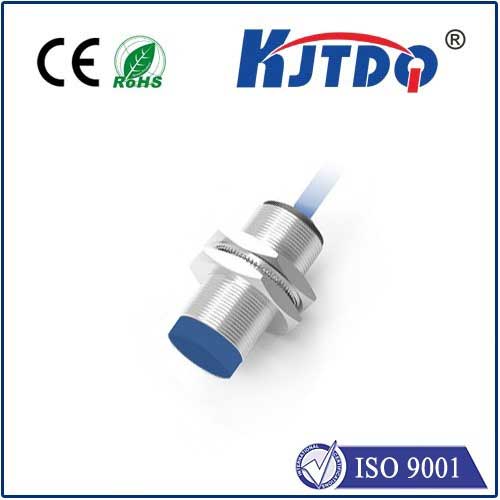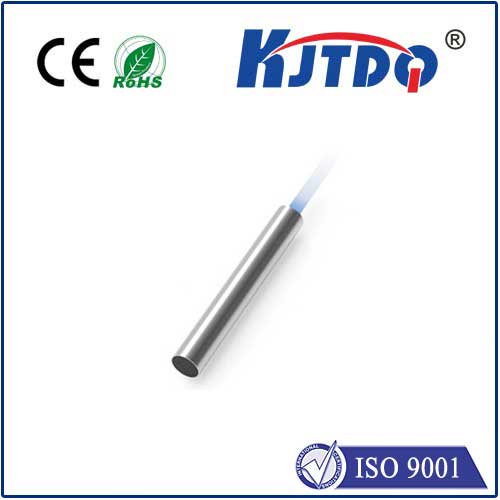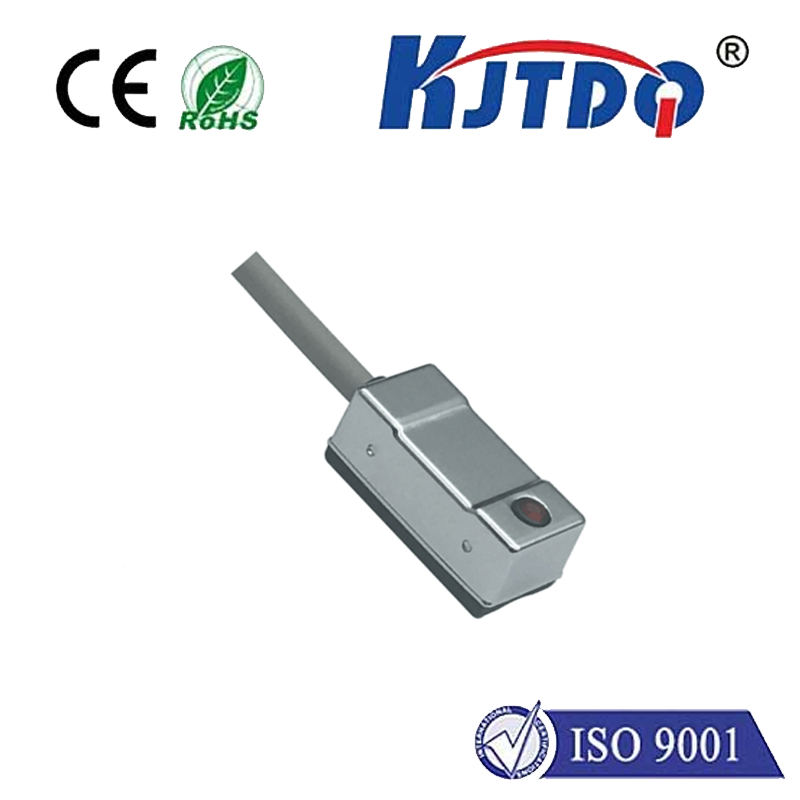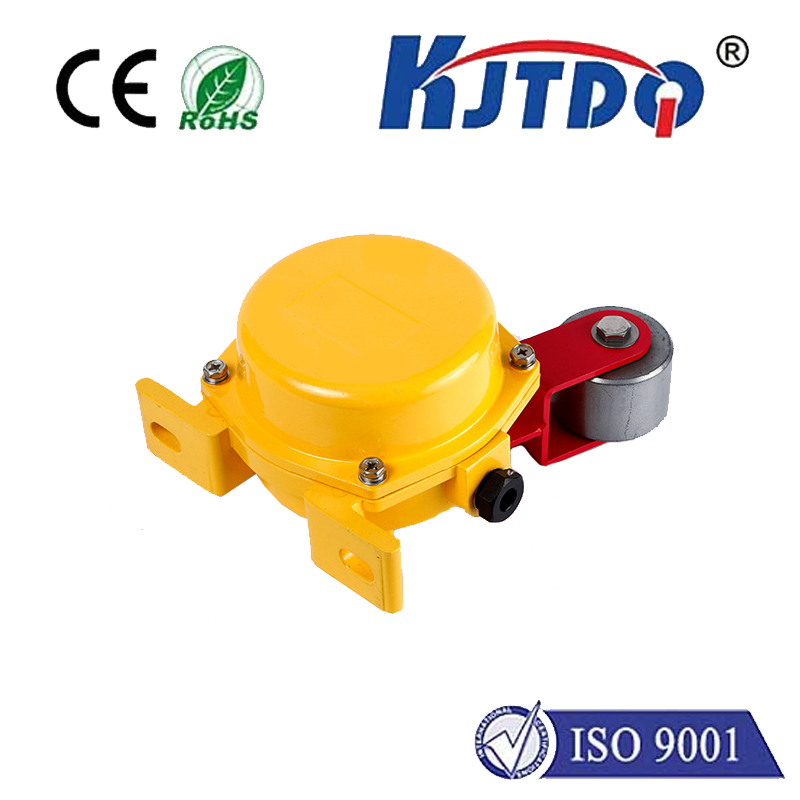BES0207 high pressure proximity sensor
- time:2025-10-01 05:43:10
- Click:0
BES0207 High Pressure Proximity Sensor: Your Shield in Extreme Industrial Environments
Imagine a hydraulic press exerting thousands of pounds per square inch, a critical valve deep within a subsea oil rig, or the relentless force within a high-pressure test chamber. In these demanding scenarios, knowing precisely when components are in position isn’t just convenient – it’s a fundamental requirement for operational safety, precision control, and preventing catastrophic failure. Standard sensors buckle under such extremes. This is where purpose-built solutions like the BES0207 high pressure proximity sensor step into the spotlight, engineered specifically to thrive where ordinary sensors fear to tread.
Understanding the core function is key. A proximity sensor detects the presence or absence of a nearby object without physical contact, typically using electromagnetic fields (inductive), sound waves (ultrasonic), or light (photoelectric). The defining challenge for the BES0207 lies in its designated environment: high pressure. We’re talking about atmospheres far exceeding standard industrial conditions – potentially hundreds or even thousands of Bar/PSI, encountered in deep-sea equipment, powerful hydraulic systems, high-pressure molding, and specialized testing apparatus.
Why Standard Proximity Sensors Fail Under Pressure
Conventional inductive proximity sensors, while rugged in many ways, have inherent vulnerabilities under extreme hydrostatic pressure:

- Housing Integrity: Standard sensor bodies and seals can deform, crack, or leak when subjected to immense, sustained pressure, allowing corrosive fluids or gases to ingress and destroy internal electronics.
- Internal Component Stress: Pressure doesn’t just act externally; it can permeate seals or strain internal components like coils, circuit boards, and potting materials, altering performance or causing failure.
- Shifted Sensing Characteristics: The electromagnetic field generated by inductive sensors can be distorted or attenuated by the dense surrounding medium (like high-pressure oil or water), reducing sensing range or causing unreliable switching.
- Seal Failure: Standard O-rings or seals might extrude or fail completely, leading to immediate sensor destruction.
The BES0207: Engineered Resilience for Critical Applications
The BES0207 high pressure proximity sensor is explicitly designed to overcome these challenges. Its construction focuses on uncompromising resilience:
- Robust, Pressure-Containment Housing: Typically crafted from high-strength, corrosion-resistant materials like stainless steel (e.g., 316L), the housing is engineered to withstand specific, very high pressure ratings (e.g., 500 Bar, 1000 Bar, or even higher variants). This isn’t just “sturdy”; it’s a pressure vessel designed for containment.
- Superior Sealing Technology: Utilizing advanced multi-stage sealing systems, often involving specialized high-pressure O-rings (like Viton™ or Kalrez™) and meticulously designed geometries, the BES0207 effectively prevents fluid or gas ingress even under prolonged, cyclic high-pressure exposure. Reliable sealing is paramount to its survival and function.
- Pressure-Compensated Internals: Careful design of internal components and potentially pressure-compensating features help mitigate internal stresses, ensuring the sensing electronics (coil, oscillator, amplifier) perform consistently within their specified range regardless of the external pressure environment.
- Optimized Sensing Performance: Engineered to maintain a stable and reliable sensing distance (Switching Distance) even when immersed in dense hydraulic fluids or subjected to high ambient pressure. Shielding and core design are optimized for these conditions.
- Industrial Connectivity: Features robust electrical connections like M12 connectors with appropriate IP (Ingress Protection) ratings, ensuring the electrical interface is as reliable as the mechanical one.
Where Does the BES0207 High Pressure Proximity Sensor Excel?
This sensor isn’t for every application; it’s a specialized tool for extreme duty. Its niche is critical:
- Hydraulic Power Units (HPUs): Monitoring piston position, valve status, or end stops within high-pressure hydraulic cylinders and systems. Preventing over-travel is safety-critical.
- Offshore & Subsea Equipment: Position feedback on Remotely Operated Vehicles (ROVs), control valves on drilling equipment, or components within subsea manifolds, enduring immense seawater pressure.
- High-Pressure Testing Rigs: Ensuring components are correctly positioned before applying extreme pressure during burst, leak, or fatigue testing.
- Plastics & Rubber Processing: Monitoring mold closures, ejector positions, or safety gates on high-pressure injection molding machines.
- Heavy Industrial Machinery: Position sensing in large presses, forging equipment, or anywhere extreme forces necessitate hardened position feedback.
- Valve Position Feedback: Confirming the open/closed status of critical high-pressure valves in chemical processing or power generation.
Key Considerations When Using the BES0207
While exceptionally robust, integrating the BES0207 effectively requires attention:
- Match Pressure Rating: Ensure the sensor’s specified maximum pressure (PSI or Bar) exceeds the peak pressure it will encounter in your application, including potential pressure spikes.
- Fluid Compatibility: Verify housing material and seal compatibility with the specific fluid (oil, water, chemicals, seawater) it will be immersed in or exposed to.
- Mounting & Environment: Consider installation method (threaded, flange) and ensure it withstands vibration, shock, and temperature extremes common in high-pressure environments.
- Target Material: As an inductive sensor, its sensing range depends on the target metal. Ferrous metals (steel, iron) are detected at maximum range; non-ferrous metals (aluminum, brass, stainless steel) have reduced ranges. Always consult datasheets.
- Electrical Specifications: Ensure voltage (10-30V DC typical), output type (PNP/NPN NO/NC), and current rating match your control system requirements.
Conclusion: Reliability Where It Matters Most
In the unforgiving world of extreme pressures, the BES0207 high pressure proximity sensor transcends being just a component; it becomes a vital safeguard. Its specialized construction – focused on unparalleled housing integrity, leak-proof sealing, and pressure-resistant performance – delivers reliable, non-contact position feedback precisely where conventional sensors would fail. For engineers designing or maintaining hydraulic systems, subsea equipment, high-pressure test stands, or heavy industrial machinery, specifying a sensor like the BES0207 isn’t merely an upgrade; it’s a fundamental requirement for operational integrity, personnel safety, and preventing downtime caused by sensor failure under duress. It represents the intelligent choice for confident control when the pressure is on.






